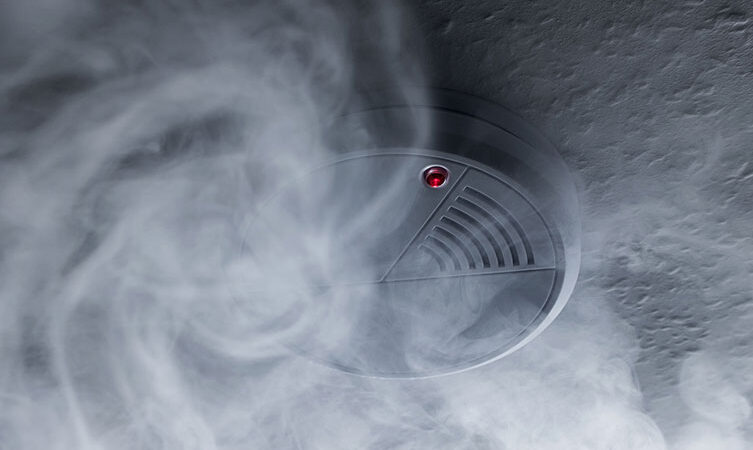The colder months bring with them many undesirable circumstances; many we prepare for and some we might not be aware of. Enter: carbon monoxide. Carbon monoxide, or CO, is a colorless, odorless, and tasteless gas; meaning it goes completely undetected by our senses. Thus, CO levels could be at dangerous levels without us being aware of it.
When there is a dangerous concentration built up in our homes, there is no way of knowing until it makes us ill, or worse kills us. Now, CO gas poisoning is not strictly an agent of cooler temperatures but due to the delights of winter keeping us cooped up inside to run our heaters and appliances, the conditions are favorable.
Carbon monoxide is generally a safe gas and trace amounts are present in every home; in fact, all household appliances produce a negligible amount of CO gas. If these appliances are well serviced and used correctly they are safe and of no concern.
Sources of Carbon Monoxide
- Fireplace – both gas and wood burning
- Boiler
- Furnace
- Water heater
- Clothes dryer
- Gas / wood stove or oven
Also, another little known situation that can arise in the winter months: is turning your car’s engine on in the garage to warm it up before you head to work. A running car in a closed garage can produce deadly amounts of CO within 10 minutes. And it happens more often than you would think.
Statistics, Symptoms and Safe Levels
An average of 438 people die from CO poisoning each year in this country; while this number is admittedly low, compare it to the nearly 50,000 each year that are hospitalized with it and then matter appears more pressing.
Carbon monoxide poisoning is measured in ppm, or parts per million and the exposure ranges from low to dangerous.
- Low level: 50 ppm and less
- Mid level: 51 ppm to 100 ppm
- High Level: 101 ppm + (if no symptoms are reported)
- Dangerous level: 101 ppm + (if symptoms are reported)
Healthy adults will not experience symptoms in low levels, 50 ppm is the maximum allowable concentration for healthy adults in an eight hour period. The range of symptoms depends on the amount and duration of exposure.
- At 200 ppm a healthy adult will experience a slight headache, dizziness and nausea after two to three hours.
- Double that, at 400 ppm severe headaches will come after one to two hours, it becomes life threatening after three hours.
- At 800 ppm dizziness, nausea, and convulsions will occur within 45 minutes, a person will be unconscious within two hours and dead within three.
Essentially CO poisoning deprives your body of oxygen, thus, the complications can be long-lasting. Brain damage can occur, causing progressive worsening and concentration. Heart damage, including coronary heart disease, can happen as well.
These, obviously, are extreme levels of exposure. Any high level of exposure is unsafe and precautions should be taken to avoid it. Aside from maintaining and servicing the appliances and systems in your home, a good way to prevent CO poisoning is with a carbon monoxide detector.
Prevention
- Install a CO alarm. Talk with your local HVAC professional to discuss the need for a low-level CO detector. Test the alarm twice per year and replace every five to seven years. If you don’t know how old your alarm is, most are made with a born date printed on the outside.
- Keep appliances in good working order, use them correctly (don’t use gas ranges or ovens for heating). Have them serviced regularly by a licensed professional.
- Ventilation, make sure all rooms are ventilated and no vents are blocked by furniture, curtains or rugs.
- Have chimneys and flues swept and maintained at least once a year.
- Never allow gas-powered motors to run in the garage, including cars, bikes, and lawn mowers.
If your CO detector goes off and reads dangerous levels your family must exit the house immediately and call 911. Nobody should reenter the home until authorities have cleared it. Carbon monoxide poisoning is a terrifying thing to think about and the truth is it can happen to anyone. Fighting this silent killer comes down to maintenance, prevention, and paying attention to symptoms. Take the precautions we have listed and call an HVAC professional today to check your home for faulty appliances; when the weather is frightful, make sure the fire is only delightful, and not leaking high levels of CO gas into your home.

